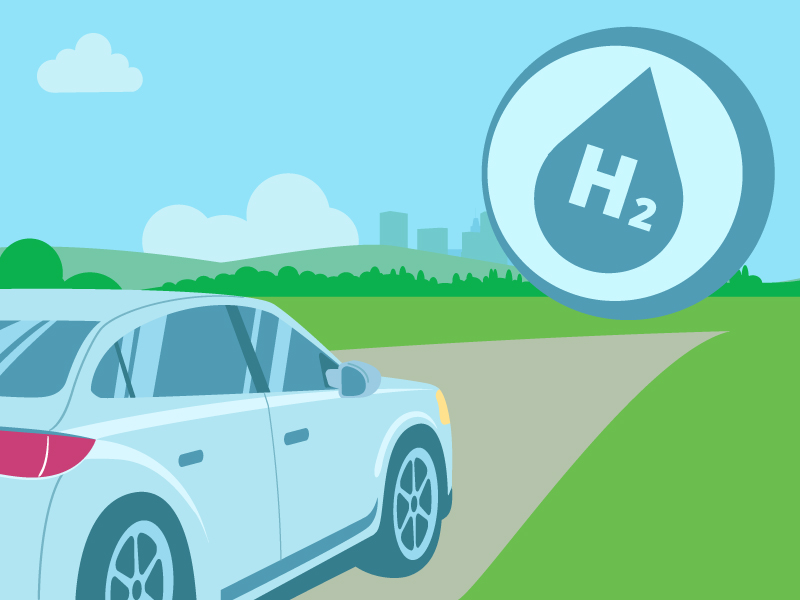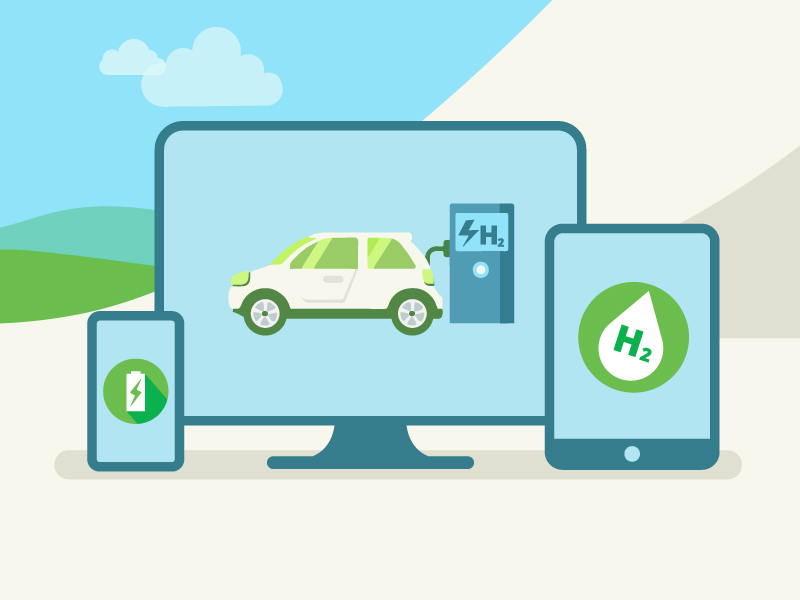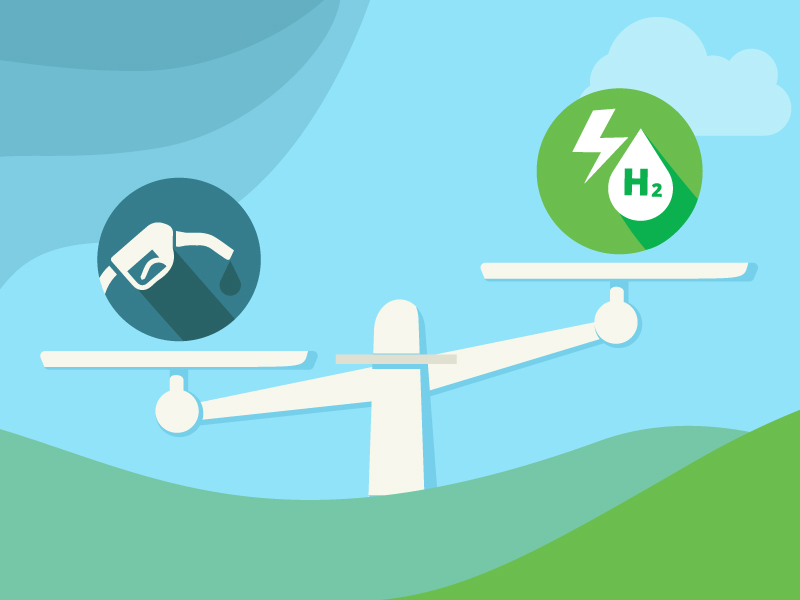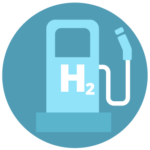Fuel Cell Electric Vehicles, or FCEVs, create their own electricity. They use a fuel cell to convert hydrogen gas into electricity to power an electric motor.
While not currently available for purchase in Maryland, they are gaining popularity and may soon arrive in our state. Curious? Let’s dive in.

Can I Drive an FCEV?
Light-duty FCEVs have been commercially available since 2012. FCEVs are available in select markets in the United States where there is access to hydrogen fueling stations. There are currently efforts underway to increase the production of FCEVs and expand the hydrogen fueling network.


Why Drive Hydrogen?
Compared to conventional vehicles, FCEVs are more efficient and require less maintenance. FCEV models have a driving range of up to 400 miles and can refuel in under five minutes. State and federal incentives may also be available to support the purchase of an FCEV, though there are currently no available FCEV models for purchase in Maryland.
How and Where to Fuel FCEVs
FCEV vehicles are fueled at Hydrogen pumps. In Maryland, there are currently no publicly available hydrogen fueling stations or available FCEV models at this time, but people are working nationwide to increase accessibility.
You can find current publicly accessible stations with the AFDC locator.



